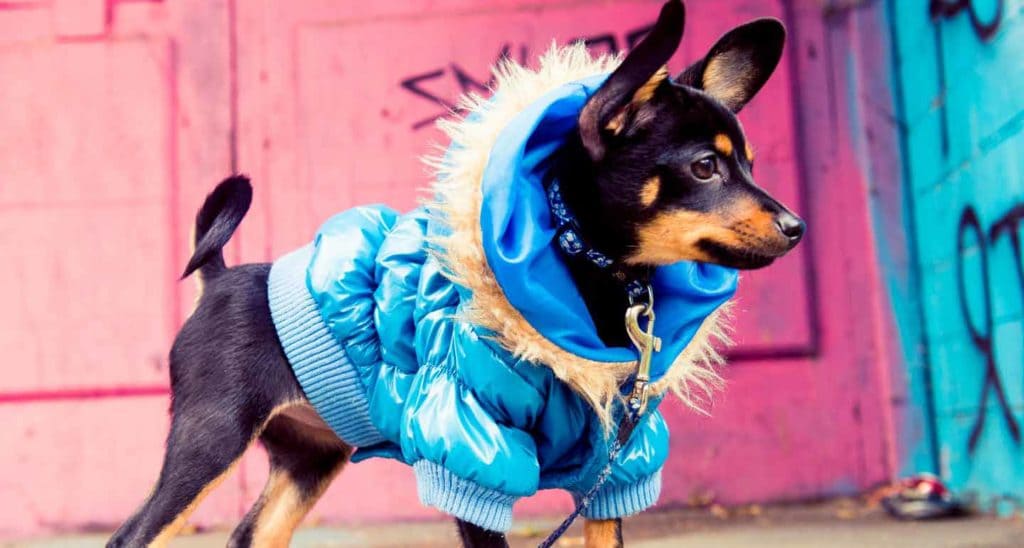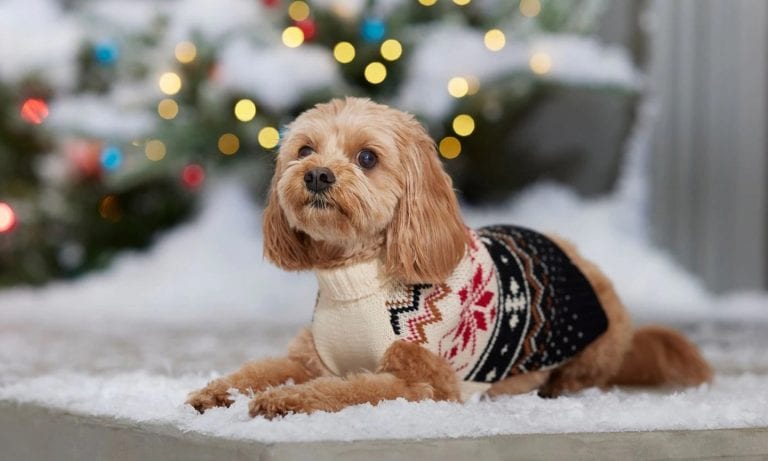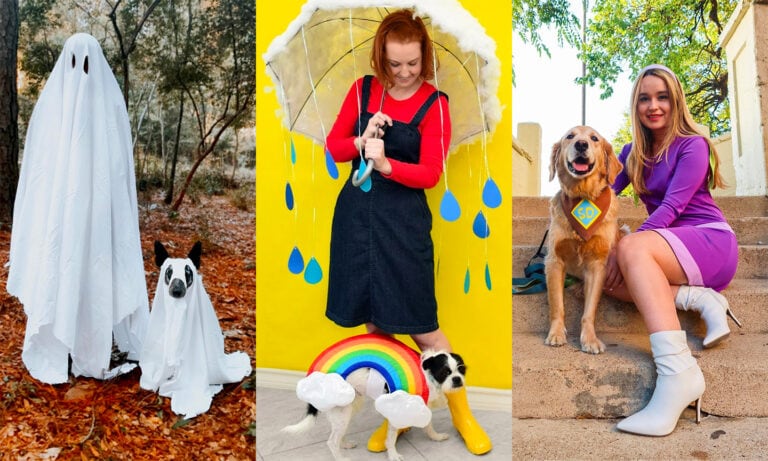While there is nothing cuter than pets decked out in apparel, it is important to remember that your pet’s safety and comfort are top priority in any pet dress up situation. When you’re dressing up your pet, precautionary measures are extremely important to ensure that your pet stays safe and stress-free.
Prepare Your Pet Ahead of Time
Much like people, pets have their own personalities and preferences when it comes to playing pet dress up. Some pets are harder to work with than others, which can be a challenge if you decide to wait until the very last minute to put your furry friend into her outfit. If your pet is more on the tentative side of trying out new things, you may want to consider the following tips on dressing up your pet:
Introduce Pet Apparel Gradually
Never try to force your pet into her outfit right off the bat—some pets may be terrified by the new feel and smell of the material, which might lead them to respond negatively. Irith Bloom, a certified dog trainer at The Sophisticated Dog in LA, suggests instead to slow things down and break up the process of familiarization into smaller steps:
- Familiarize your pet with the smell of the animal clothing by allowing them to sniff the material.
- Lay the pet apparel across their back, so that they can become familiar with the texture of the material.
- Over several days, continue to build up your pet’s confidence by rewarding them every time they engage positively during the pet dress up session.
Ultimately, “The goal is to teach your pet to associate the clothes with yummy food or fun play,” says Bloom. This way, you can get your furry best friend to love their new outfit in no time!
Keep Basic Safety Rules in Mind
Keep in mind that your pet is already wearing a fur coat and can become easily overheated when running around with an extra layer of clothing on. When choosing fun animal clothing for your furry friend, make sure you’re not cocooning them in too many layers of fabric.
Pets also have an innate drive to move around, sniff and explore their surroundings—that’s why the animal clothing should always allow your fur baby to roam around freely without constricting their movement or air pathways.
Choose the Right Pet Apparel
The outfit should not be too tight or too loose, so that your pet can easily sit, walk and go to the restroom without the attire digging into their skin, or dragging around the floor. Additionally, avoid buying apparel that is scented or covered in chemicals—this can be harmful to your fur baby and may inhibit their sense of smell. The ensemble should include a minimum of chewable parts such as buttons and flaps, since these could be chewed off and swallowed.
Stay away from clothes that cover your pet’s eyes, ears, nose or mouth. These will make it hard for your four-legged companion to breathe and may interfere with their hearing or sense of smell. Just like humans, pets communicate with each other and with their owners using subtle signals and body language. An obstructive outfit could hinder your pet’s ability to communicate.
It’s important to only use clothes specifically made for pets, as these are safe for your pets to wear. If you’re looking for fashionable dog clothing for your pup to sport in the summertime, try Frisco’s Striped Dog T-Shirt. This stylish top is lightweight, functional and is designed for a comfortable fit. In the winter, the simple yet functional design of the Frisco Basic Dog Hoodie will keep your pet warm without jeopardizing their safety.
If your pet isn’t ready for a full on outfit, try a smaller accessory, such as a festive collar or bandana, instead. When it comes to pets in clothes, Bloom suggests that “less is more”—especially when it comes to cats, who may have less patience sporting pet clothes for a longer period of time. Instead of choosing a full costume that involves large and bulky pieces, she advises pet owners to opt for smaller and less complicated segments.
Observe Your Pet’s Body Language
Start by observing your dog’s body language or cat’s body language when dressing up your pet. You may think your fur baby looks sweeter than pumpkin pie when they’re all dolled up, but signs such as a lowered head, flat ears and round eyes can actually be indicators of distress—not delight. If you spot signs of discomfort, start over from scratch to make sure your pet is happy with the fit and feel of the outfit.
Some pets just won’t wear clothes no matter how hard you try. If after several attempts at dressing up your pet, your fur baby rejects the outfit, make sure you don’t force them outside of her comfort zone.
Don’t Overwhelm Them
As much as your pet appreciates the love, they may become overwhelmed by the amount of people trying to interact with them. To avoid fatigue and exasperation on your pet’s behalf, monitor how much attention your furry friend gets. A few minutes is all you need if you just want to get cute photos and videos of your pet in their awesome new outfit!
Share:













